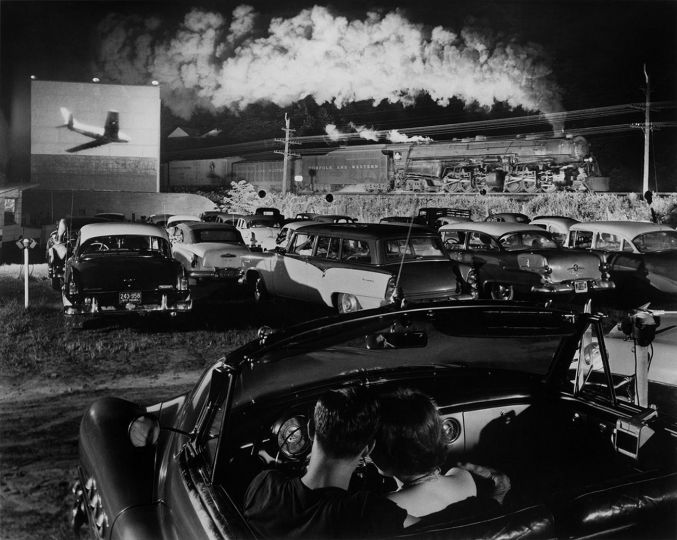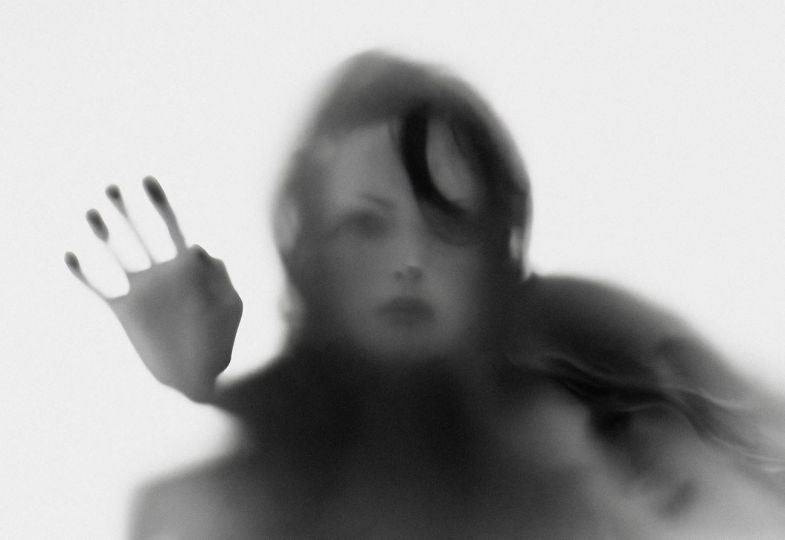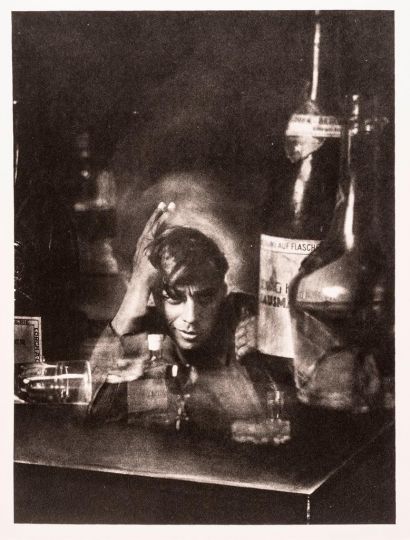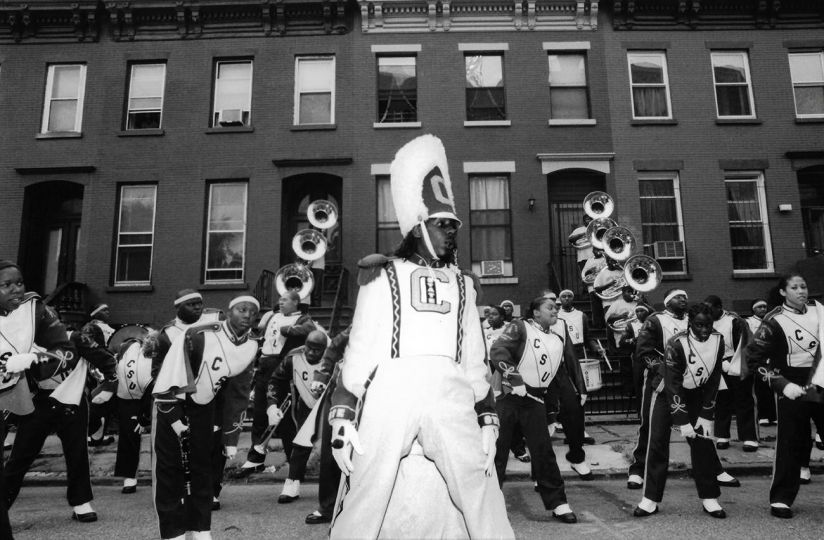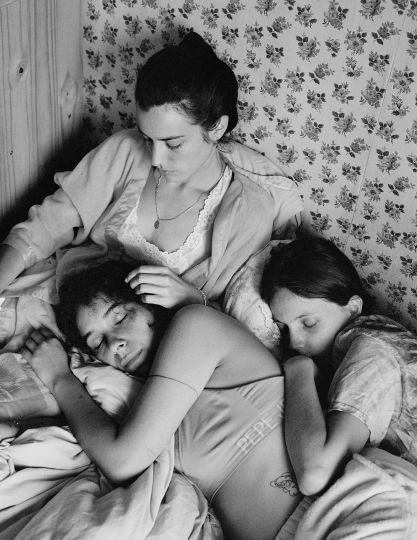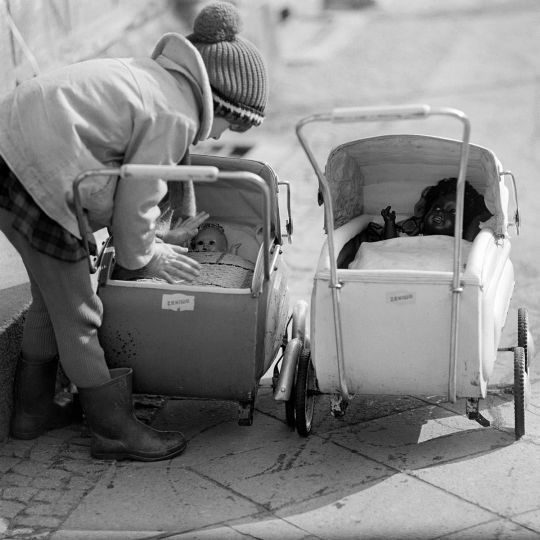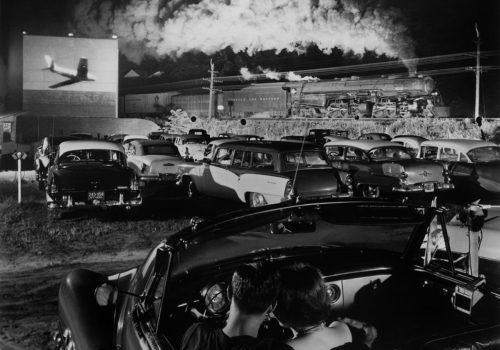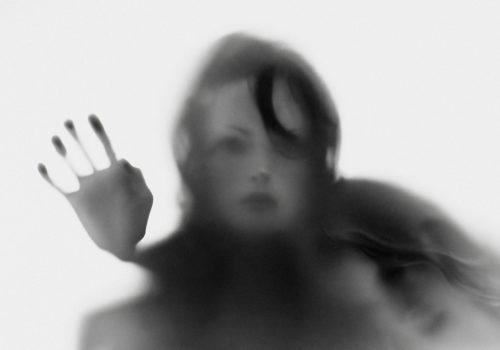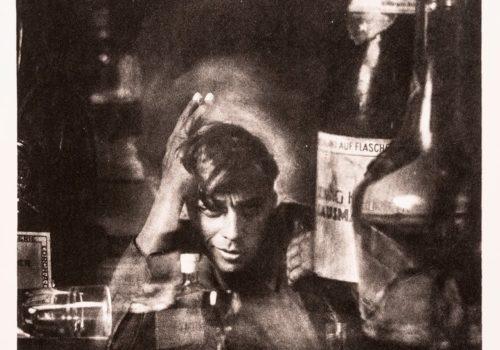The exhibit “Castle Living” draws a style of photographic dialogue between Chambord and the Palace of Udaipur with which the residence of François Ier has been partnered with since 2015.
In the continuity of its cultural program, le Domaine national de Chambord seeks to enrich the knowledge and understanding of the monument, here by creating a comparison between itself and its Indian partner and temporal twin, the City Palace of Udaipur which was also built in the 16th century.
150 photographs taken at Chambord and Udaipur, between 1860 and 1970 and organized into five themes will be presented for five months on the second floor of the castle.
Chambord: to the origins of photography
The exhibition begins by presenting the very first photographs of Chambord. In the 1840s and 1850s, the early masters of photography William Fox Talbot, Gustave Le Gray or even Albert Stapfer, bring to life photographs of Chambord with the different techniques of the time: the talbotype or calotype and the daguerréotype. Besides documenting, this return to “origins” show the undeniable allure and heritage value of Chambord since it was classed on the first list of French historical monuments.
This first section of the exhibition will also display a rare 1839 photographic camera that belonged to Albert Stapfer (on loan from Nicolas Debaste from the Château de Talcy – Temporary loan from the Centre des Monuments nationaux).
Chambord / Udaipur: the story of a photographic revelation
The exhibition then offers a cross-referenced look at Chambord and the City Palace of Udaipur through a series of 140 photographs dating from the 1860s to around 1970. Organized into four thematics (“History, Memoirs”, “Architecture” , “Snapshots of life”, and “Hunts of the past”), it highlights surprising analogies or, conversely, deeper differences between the two royal residences built from the 16th century onwards . One was the largely uninhabited pleasure estate of the Princes of Bourbon-Parma until its purchase by the State in 1930. The other remained the official residential and center of power of the sovereigns of Mewar until India’s independence and union of the Rajput kingdoms into one province, Rajasthan.
Among the rare or unpublished images presented are photographs of the visits of John Fitzgerald Kennedy (1937), the architect of the Louvre pyramid Leoh Ming ¨Pei (1987), as well as the prince and princess of Galles (1988). In Udaipur, the photographs depicting the visits of India’s first president (around 1951), Queen Elizabeth the Second of the United Kingdom (1961) and of the famous actor, Roger Moore (1982) are the main attractions
The exhibition also reveals extraordinary architectural photographs and rare images of the daily life of the sovereigns and the inhabitants who lived in the “shadow” of the two palaces.
The exhibit is accompanied by a 206-page catalog prefaced by the Maharaj Kumaar Saheb Lakshyaraj Singh Mewar of Udaipur, trustee of the Maharana of Mewar Charitable Foundation and Jean d’Hussonville, president of le Domaine national de Chambord. The book includes an introductory article followed by the reproduction of all the images on display, accompanied by descriptive notes. For sale exclusively at the castle boutique and on the Chateau de Chambord’s online store.
Château de Chambord : “Castle Lives (living)”
From October 16th 2022 to March 5th 2023
Second floor of the Chateau
https://www.chambord.org/


